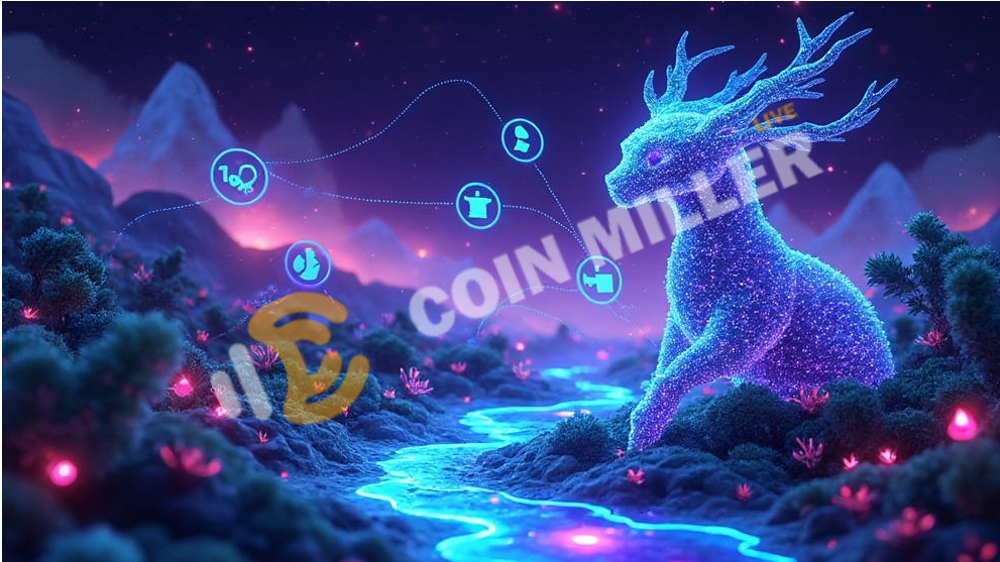Partnership Details and Objectives
Blazpay, a decentralized payment platform, has announced a partnership with PVPFUN, a Web3 infrastructure provider. The collaboration aims to create a more integrated experience for gamers and creators in decentralized environments. According to the official announcement on X, this move could help establish what they call a community-driven, creator-centered economy within the Web3 space.
I think this partnership is interesting because it’s trying to bridge two areas that don’t always work well together – gaming and finance. The idea is to make on-chain interactions smoother for people who create and play games. Maybe this could help solve some of the friction that exists when people try to earn money through gaming platforms.
Technical Integration Approach
The partnership combines Blazpay’s cross-chain payment capabilities with PVPFUN’s AI-powered infrastructure. They’re focusing on improving digital transfers across different blockchain ecosystems, which has been a persistent challenge in the space. The AI component is supposed to provide better analytics and decision-making tools, though I’m not entirely sure how that will work in practice.
What stands out to me is the emphasis on interoperability between financial and gaming systems. This could potentially make it easier for players to manage their earnings and for creators to handle their revenue streams. But I wonder if the technology is mature enough to deliver on these promises.
Potential Impact on Gaming Economy
The collaboration appears to be targeting a shift in how gaming revenue works. They’re talking about incorporating on-chain engagement tools and DeFi use cases, which might change how players earn rewards and how creators get paid. The goal seems to be creating a more transparent and borderless system for gaming transactions.
However, I’m cautious about claims of “revolutionizing” gaming revenue ecosystems. We’ve seen similar promises before that didn’t quite deliver. What might be more realistic is gradual improvement in how gaming economies function, particularly in the Web3 space where these concepts are still evolving.
Broader Industry Context
This partnership reflects a growing trend of blending entertainment ecosystems with financial technology on blockchain platforms. As Web3 continues to develop, we’re seeing more attempts to create integrated experiences that span multiple domains. The success of such initiatives will likely depend on how well they can address real user needs rather than just technical possibilities.
From what I can tell, the main challenge will be making these systems intuitive enough for regular gamers to use without needing deep technical knowledge. If they can achieve that, it might help bridge the gap between traditional gaming audiences and Web3 technologies.





